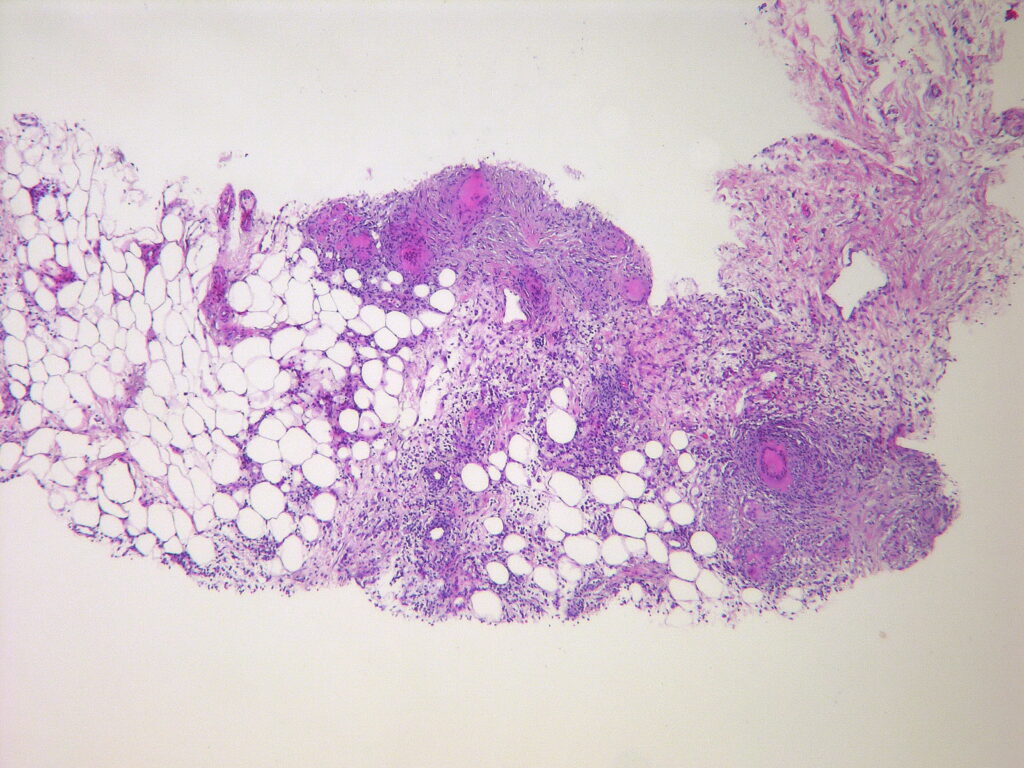complicated bacteroides peritonitis, the inflammation of the peritoneum, poses significant clinical challenges, particularly when involving anaerobic bacteria such as Bacteroides species. These pathogens, notably Bacteroides fragilis, are integral to the human gastrointestinal flora but can become formidable adversaries in intra-abdominal infections. This article delves into the complexities of Bacteroides peritonitis, encompassing its pathogenesis, clinical manifestations, diagnostic methodologies, and therapeutic interventions.

Pathogenesis of Bacteroides Peritonitis
Bacteroides species, predominantly B. fragilis, are anaerobic, gram-negative bacilli residing in the colon. While typically commensal, they can transition to pathogenic roles under certain conditions. Their virulence is attributed to several factors:
- Capsular Polysaccharide Production: This capsule impedes phagocytosis and promotes abscess formation, facilitating persistent infections.
- Beta-Lactamase Production: Rendering them resistant to penicillin and complicating treatment regimens.
- Adhesion Factors: Enhancing their ability to adhere to peritoneal surfaces and evade host defenses.
These mechanisms underscore the pathogen’s capacity to instigate severe peritoneal infections, especially following gastrointestinal perforations or surgical interventions.
Clinical Manifestations
The presentation of Bacteroides peritonitis can vary, influenced by factors such as the patient’s underlying health status and the presence of comorbidities. Common clinical features include:
- Abdominal Pain: Often diffuse and severe, indicative of peritoneal irritation.
- Fever: Reflecting the systemic inflammatory response to infection.
- Peritoneal Dialysate Changes: In patients undergoing peritoneal dialysis, the dialysate may become cloudy, signaling infection.
In cases associated with peritoneal dialysis, peritonitis is a notable complication. While gram-positive bacteria are common culprits, anaerobic pathogens like Bacteroides species, though less frequent, are significant due to their association with underlying abdominal pathologies.
Diagnostic Approaches
Accurate and timely diagnosis is crucial for effective management. The following steps are recommended:
- Clinical Assessment: A thorough history and physical examination to identify potential sources of infection.
- Laboratory Analysis: Examination of peritoneal fluid, including cell counts and cultures, to identify the causative organism.
- Imaging Studies: Techniques such as computed tomography (CT) scans can detect intra-abdominal abscesses or other sources of infection.
In peritoneal dialysis patients, the detection of Bacteroides species in peritoneal fluid should prompt an evaluation for possible intra-abdominal pathology, even in the absence of overt clinical signs.
Treatment Strategies
Management of Bacteroides peritonitis necessitates a multifaceted approach:
- Antimicrobial Therapy: Empirical treatment should cover anaerobic organisms, with agents such as metronidazole or beta-lactam/beta-lactamase inhibitor combinations. Antibiotic selection should be guided by susceptibility profiles, as resistance patterns can vary.
- Source Control: Identifying and addressing the origin of infection is paramount. This may involve surgical intervention to repair perforations or drain abscesses.
- Supportive Care: Ensuring hemodynamic stability and organ function through appropriate supportive measures.
In peritoneal dialysis-associated peritonitis, the decision to remove the dialysis catheter should be individualized, considering factors such as the patient’s clinical response and the presence of persistent infection.
Prognosis
The outcome of Bacteroides peritonitis is contingent upon several factors, including the timeliness of diagnosis, adequacy of source control, and appropriateness of antimicrobial therapy. While the overall prognosis can be favorable with prompt and effective management, delayed treatment or inadequate source control can lead to adverse outcomes.